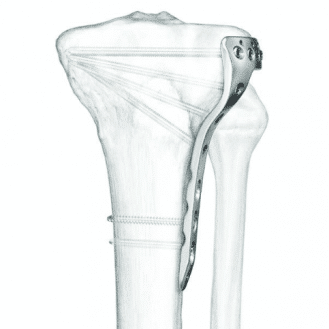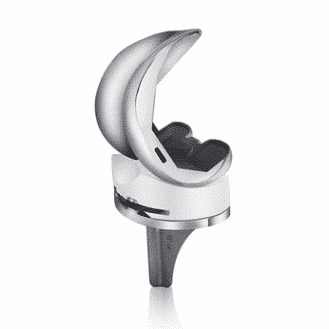A surgical power tool is an instrument used to perform surgery on bone or bone fragments. It enables drilling, sawing, reaming and screwing. It is mainly used in human or veterinary orthopedic surgery, traumatology, neurology and ENT surgery.

A surgical power tool is an instrument used to perform surgery on bone or bone fragments. It enables drilling, sawing, reaming and screwing. It is mainly used in human or veterinary orthopedic surgery, traumatology, neurology and ENT surgery.
It is important to take into account the following parameters:
There are other characteristics that aren’t as essential but should also be taken into account:
The application will determine some characteristics of the surgical power tool such as:
There are three main types of power supply for a surgical power tool:
Most surgical power tools have a detachable end adapted for the appropriate application:


